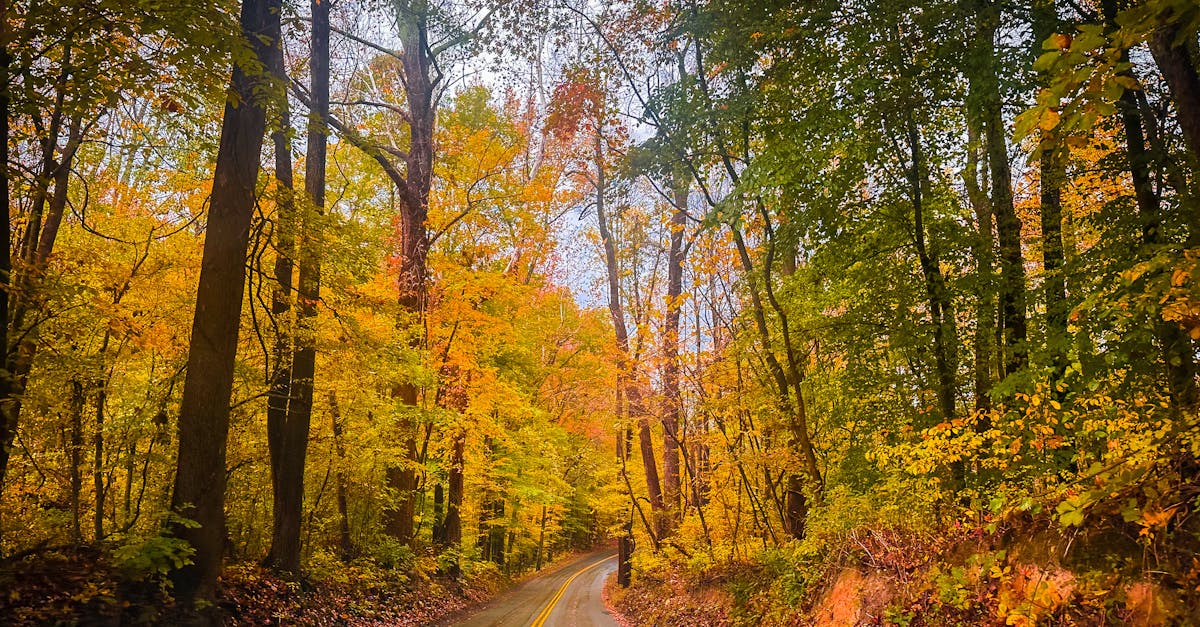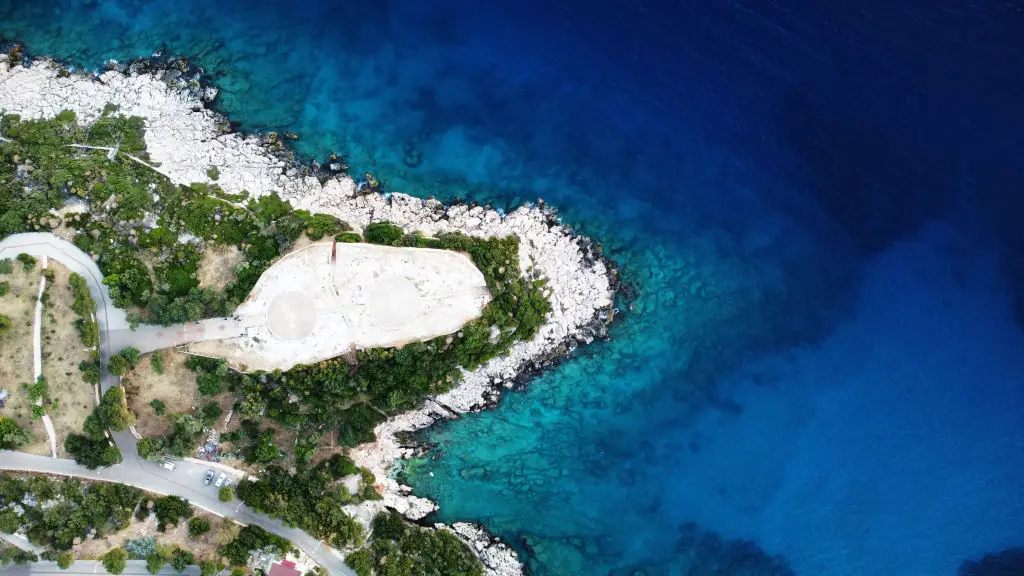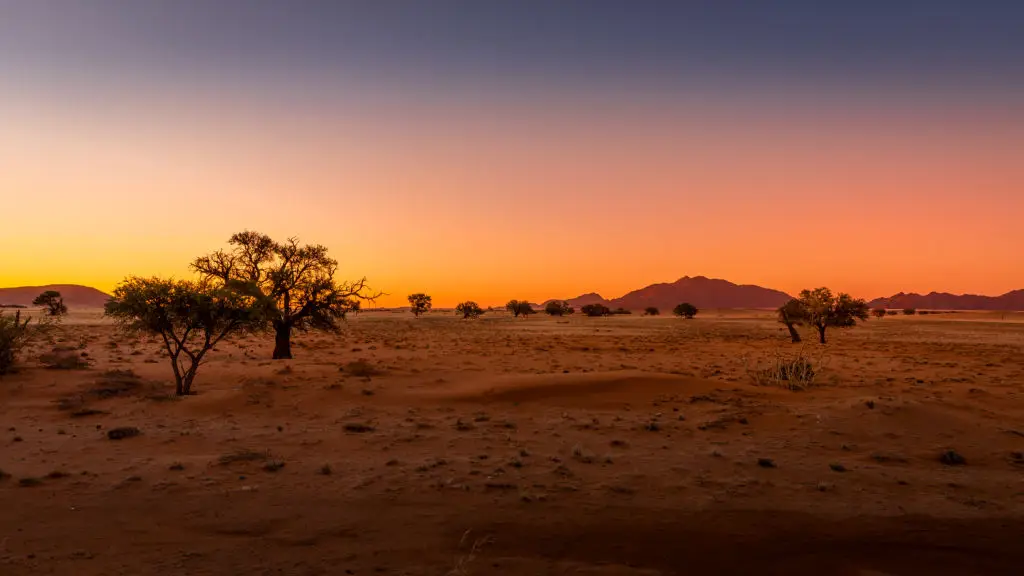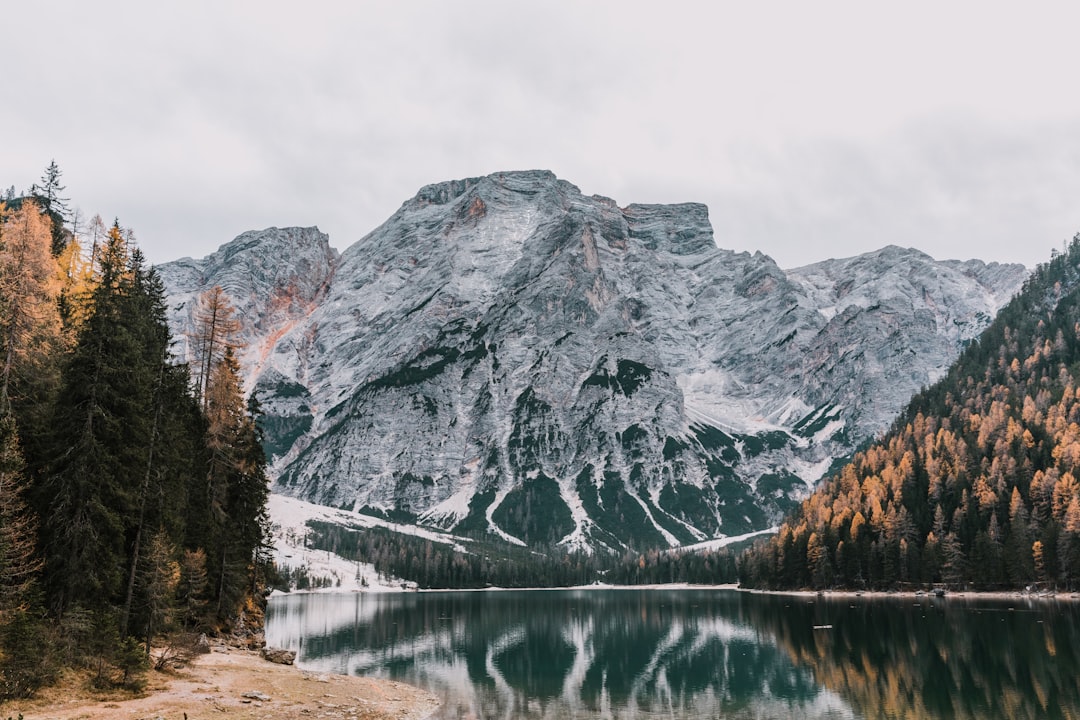From Rituals to Ruins: 11 Cultural Destinations That Tell a Thousand Stories
In the hushed whispers of ancient ruins and the rhythmic chants of age-old rituals, the world offers a mesmerizing tapestry of cultural heritage. These places, where the echoes of past civilizations reverberate amidst silent stones, invite us on a journey through time. Each destination is a portal to understanding the intricate ways in which rituals have shaped human history and identity. This article embarks on an exploration of 12 such cultural destinations, where the sacred and the secular intertwine, revealing stories of resilience, spirituality, and the enduring human spirit. Join us as we traverse these remarkable landscapes where the past and present converge.
1. Machu Picchu, Peru: The Lost City of the Incas
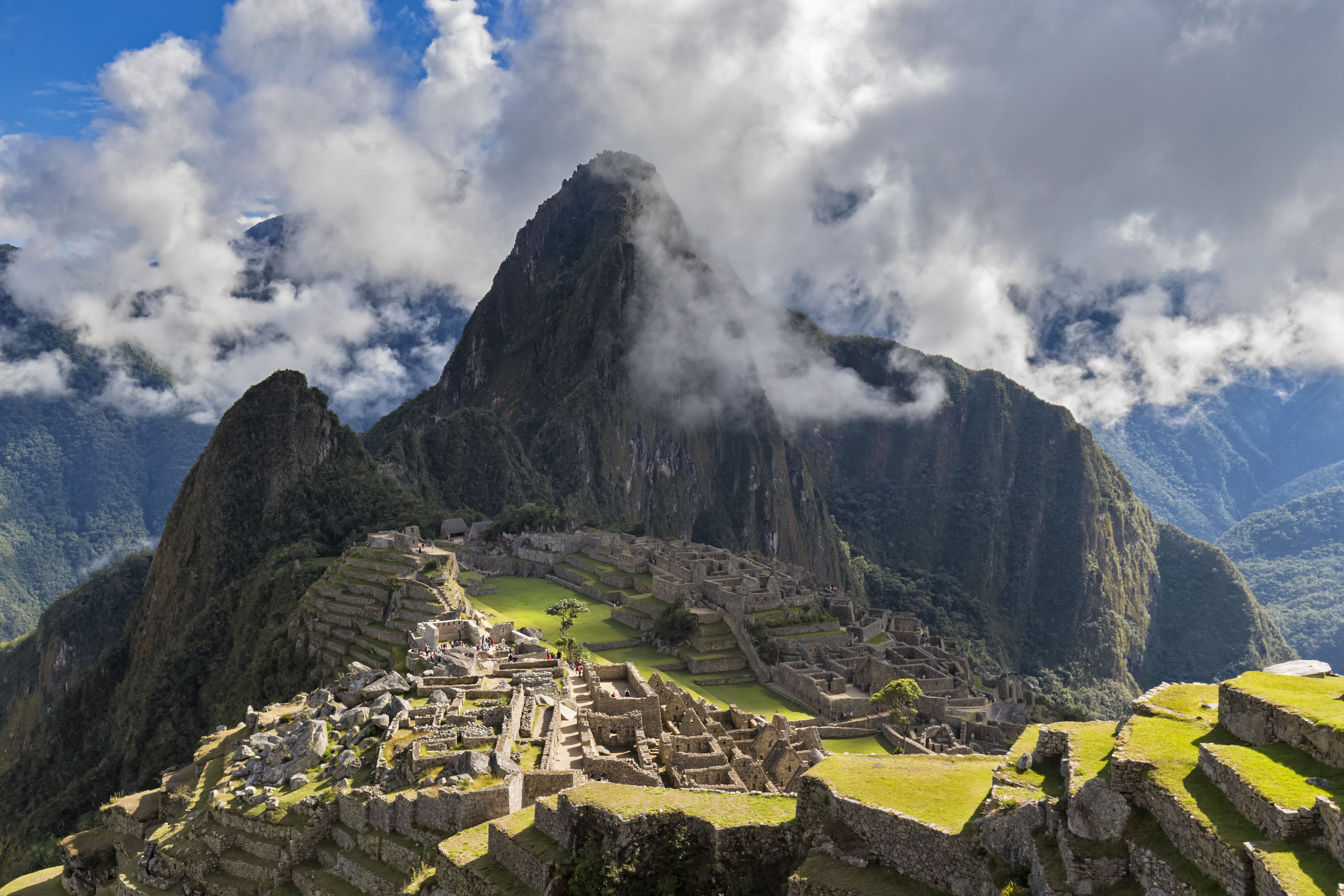
Nestled high in the Andes Mountains, Machu Picchu stands as a testament to the ingenuity and spiritual depth of the Inca civilization. This archaeological wonder, often shrouded in mist, is a place where rituals once celebrated the sun god Inti. The Intihuatana stone, a ritualistic sundial, still stands as a symbol of the Inca's astronomical prowess and their deep connection to celestial cycles. Today, visitors can feel the echoes of these ancient ceremonies amidst the towering terraces and sacred temples, where the spiritual and the natural world were once seamlessly intertwined.
2. Stonehenge, England: The Enigma of the Ancients
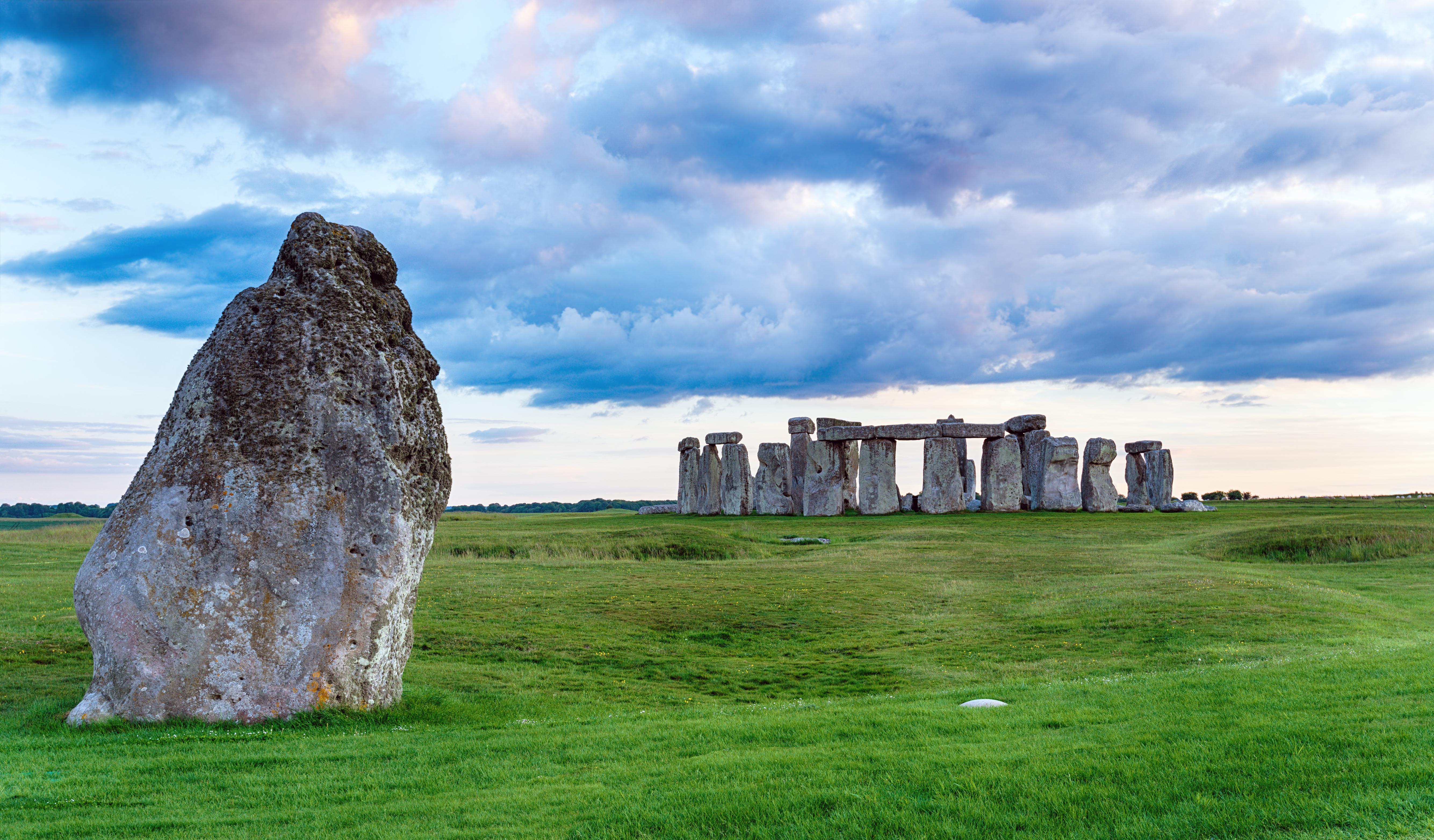
Stonehenge, with its colossal stone circles, remains one of the world's most enigmatic prehistoric monuments. Situated on the Salisbury Plain, this site has long been a focal point for rituals and ceremonies, possibly related to the solstices. The exact purpose of Stonehenge is still debated, but its alignment with the movements of the sun suggests a deep-seated reverence for celestial events. Modern-day Druids and pagans continue to gather here, keeping alive the traditions that have echoed through millennia, as they celebrate the cycles of nature in this ancient sacred space.
3. Angkor Wat, Cambodia: A Spiritual Marvel
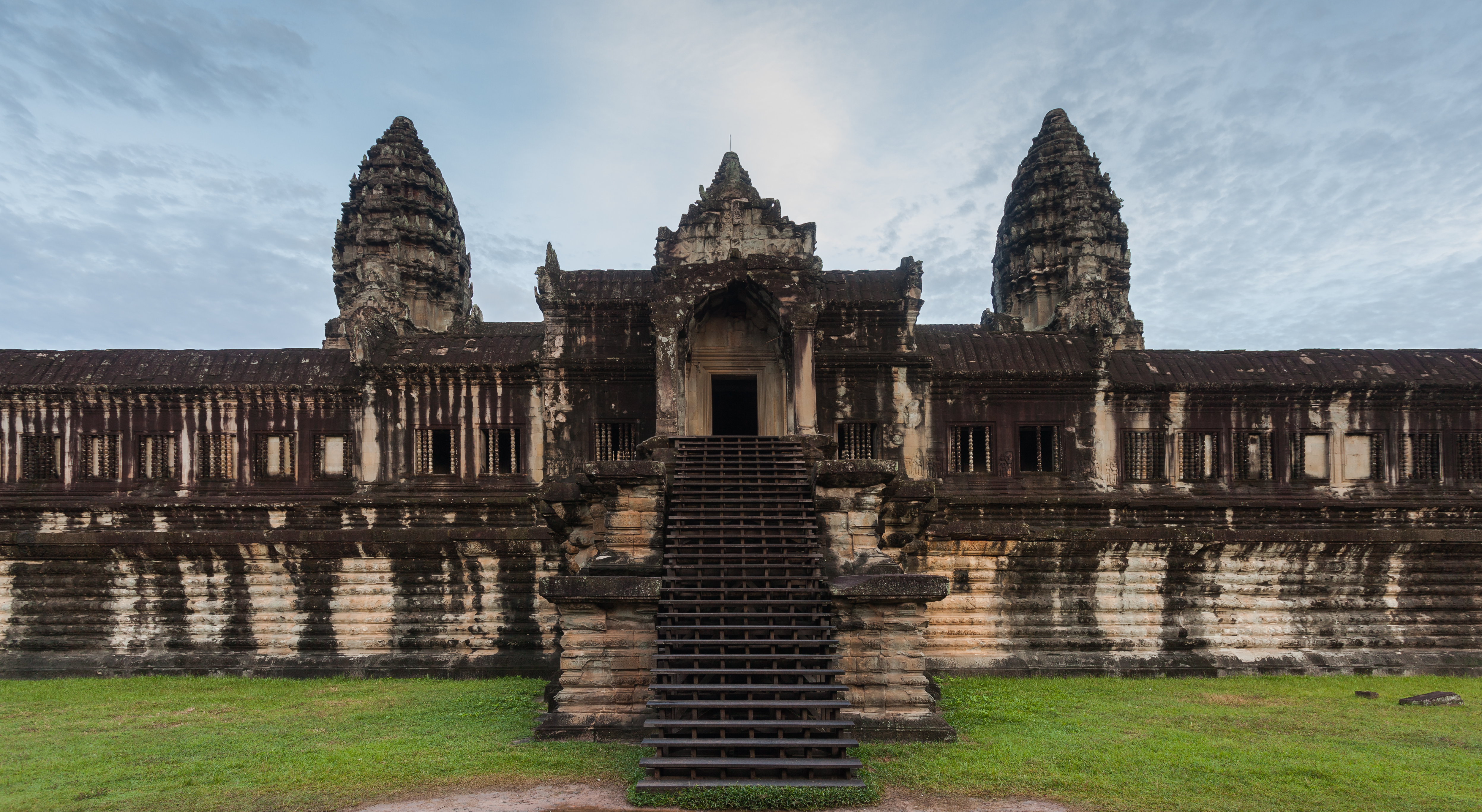
Angkor Wat, the largest religious monument in the world, is a stunning example of Khmer architecture and a testament to the spiritual devotion of its creators. Originally constructed as a Hindu temple dedicated to Vishnu, it later transformed into a Buddhist site, reflecting the region's shifting religious landscape. The intricate bas-reliefs and towering spires of Angkor Wat are not only architectural feats but also serve as a canvas for the rituals and myths that have shaped Cambodian culture. Visitors can still witness monks in saffron robes performing rituals, bridging the ancient past with the present.
4. Petra, Jordan: The Rose City of the Nabataeans
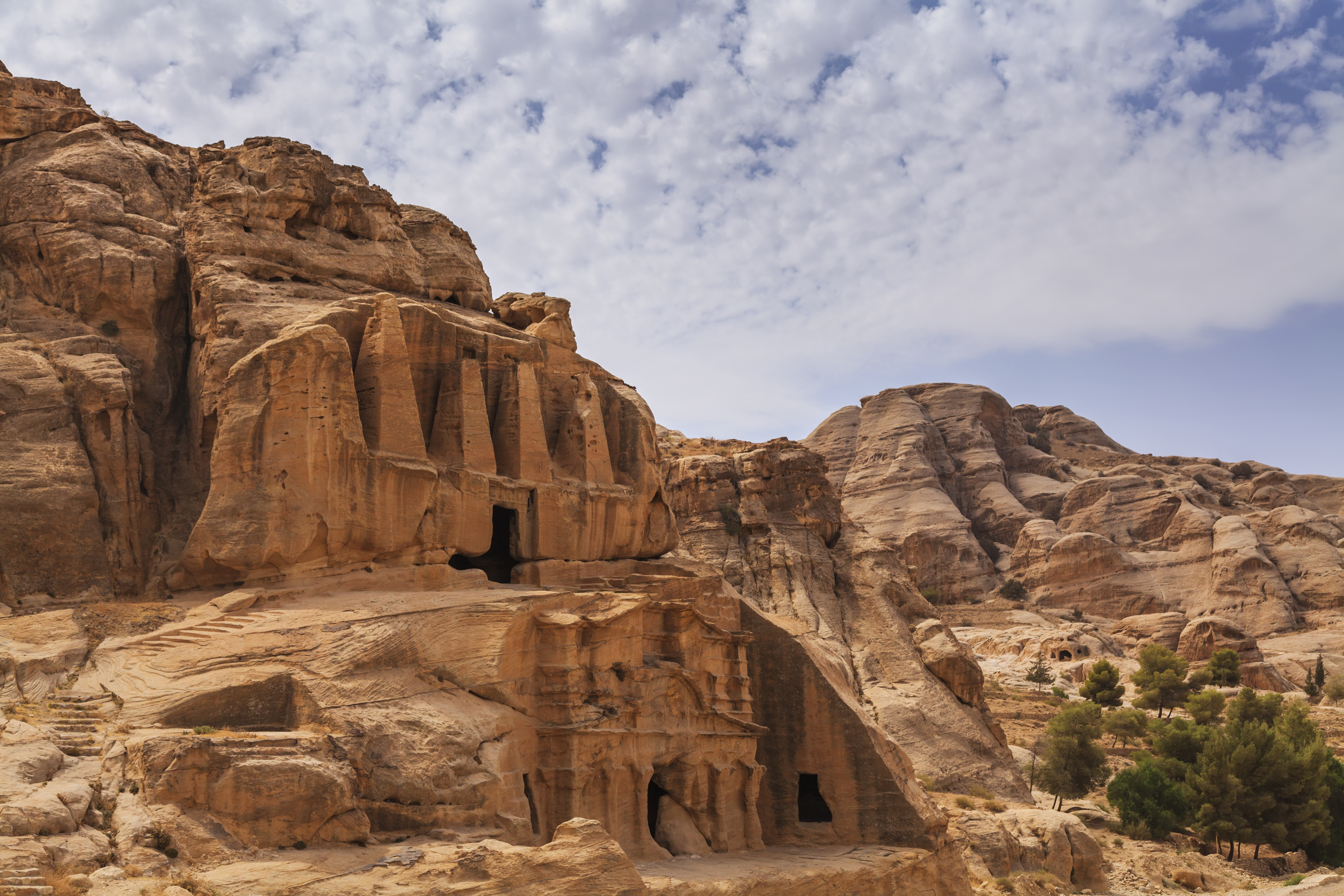
Hidden within the rugged mountains of southern Jordan, Petra is a city carved into rose-red cliffs by the Nabataeans over two millennia ago. This archaeological marvel was once a bustling hub of commerce and culture, where rituals played a central role in daily life. The Al-Khazneh, or Treasury, is perhaps Petra's most iconic structure, believed to have been a mausoleum or a temple. The Nabataeans' ingenious water management systems and rock-cut tombs speak to their sophisticated understanding of both the practical and spiritual needs of their society, echoing rituals that honored both life and the afterlife.
5. The Great Pyramids of Giza, Egypt: Monuments to Eternity
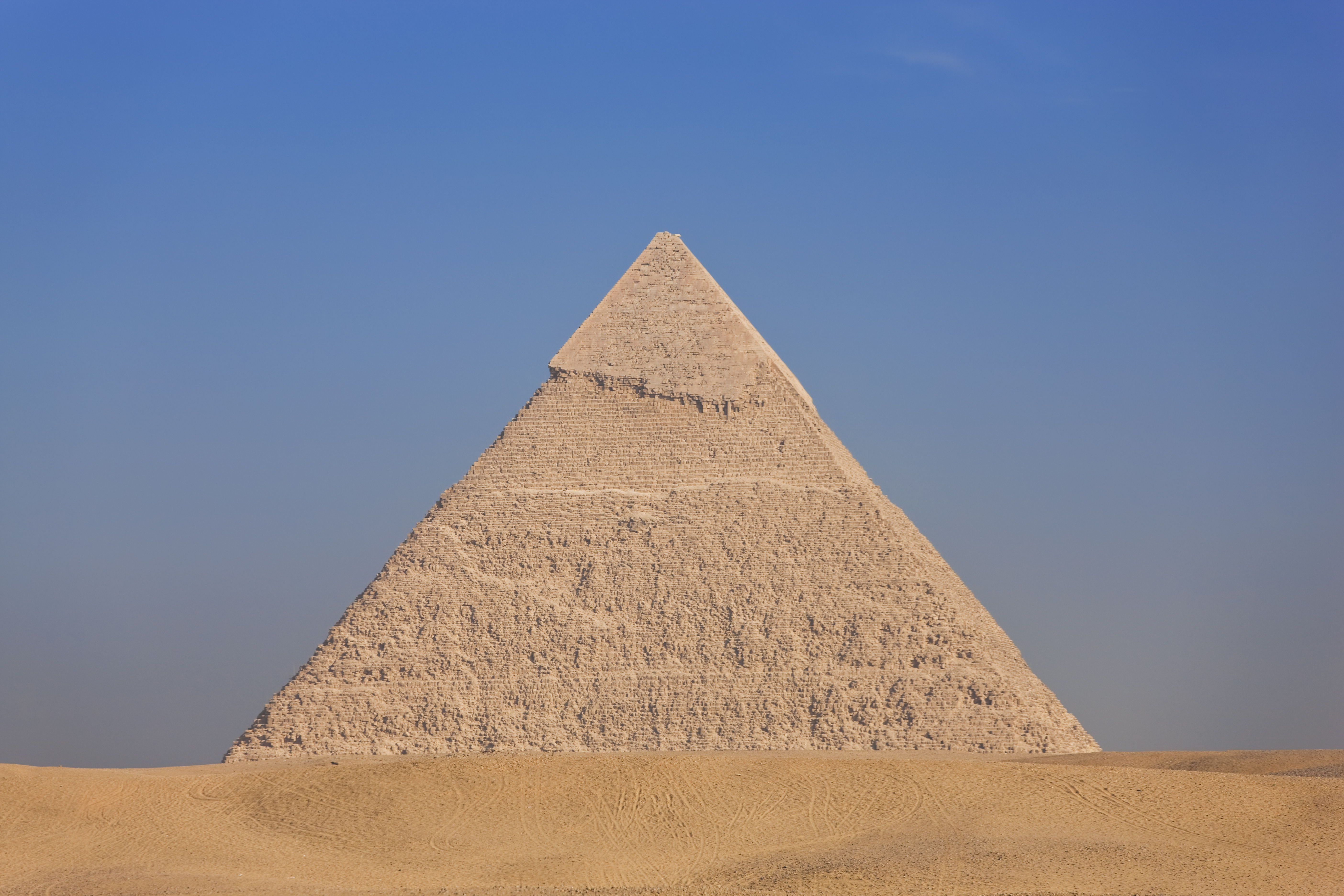
The Great Pyramids of Giza, standing majestically on the outskirts of Cairo, are enduring symbols of ancient Egypt's grandeur and spiritual beliefs. These monumental structures were built as tombs for pharaohs, who were considered divine intermediaries between the gods and humanity. The pyramids were central to elaborate burial rituals intended to ensure the safe passage of the pharaohs into the afterlife. Today, they continue to inspire awe and wonder, as visitors contemplate the rituals and beliefs that drove the construction of these colossal stone edifices, which have stood the test of time.
6. Chichen Itza, Mexico: The Echoes of the Maya
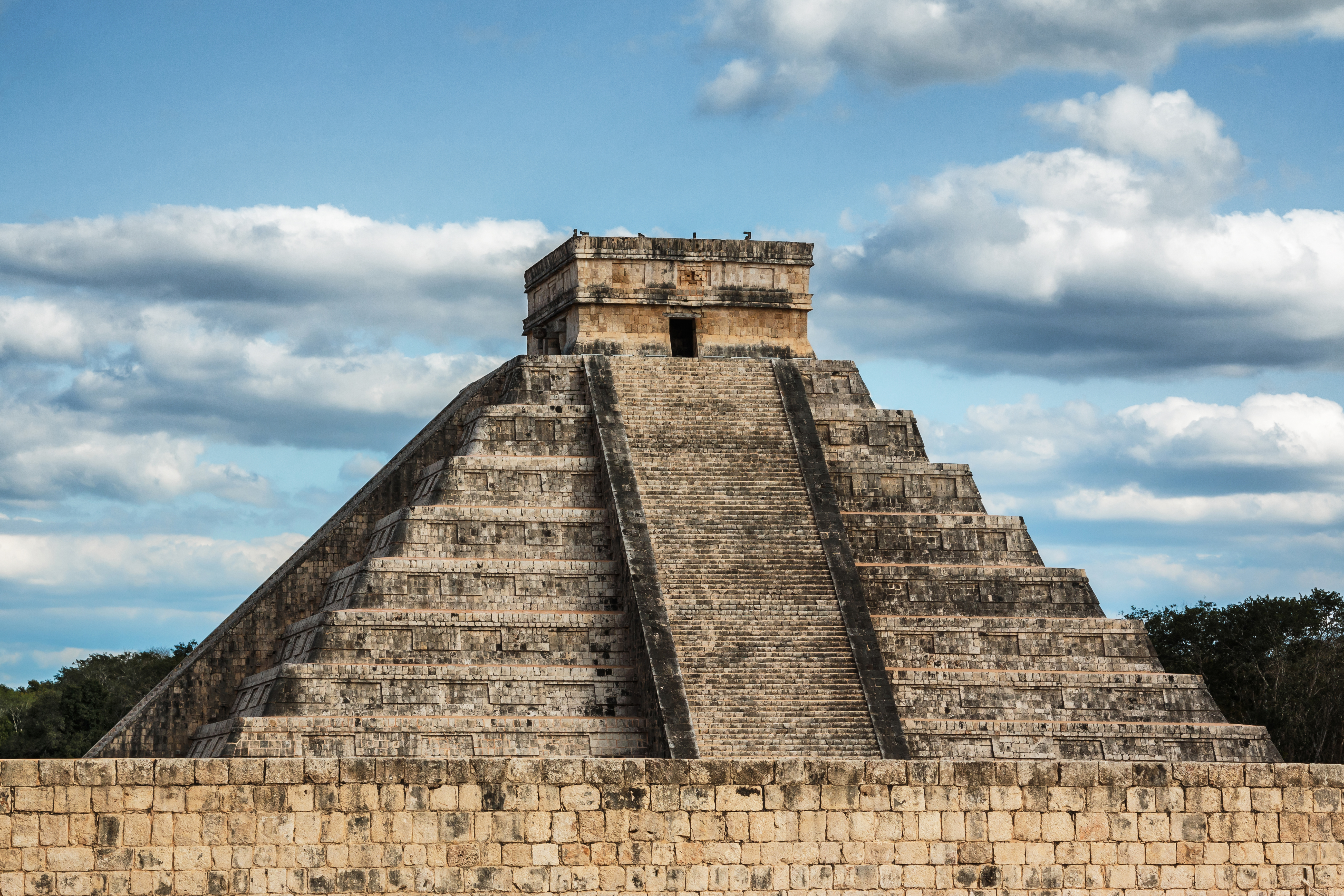
Chichen Itza, a sprawling complex of Mayan ruins in the Yucatán Peninsula, is a testament to the advanced astronomical and architectural knowledge of the Maya civilization. The site is renowned for its Temple of Kukulcan, a pyramid that aligns with the equinoxes to create a serpent-like shadow. This phenomenon was part of the Maya's intricate calendar system and religious rituals that honored their deities. The ball courts, cenotes, and temples of Chichen Itza continue to reveal the spiritual and cultural practices of the Maya, offering a glimpse into a civilization that thrived long before European contact.
7. The Acropolis of Athens, Greece: A Pinnacle of Civilization
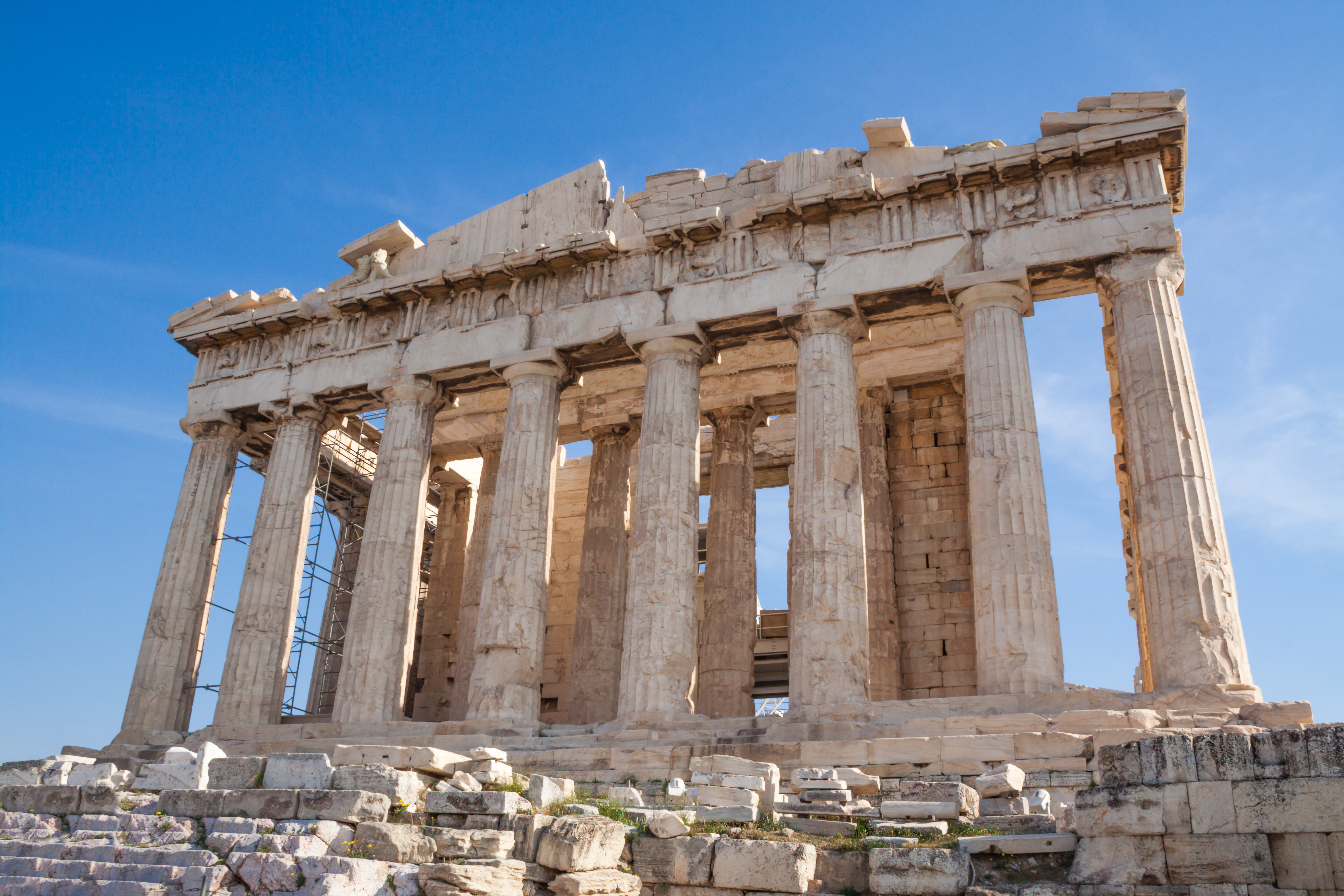
Perched atop a rocky hill, the Acropolis of Athens is a symbol of ancient Greek civilization and its enduring legacy. The Parthenon, dedicated to the goddess Athena, dominates the site and is a masterpiece of classical architecture. The Acropolis was not only a center of worship but also a hub of political and cultural life in ancient Athens. Rituals and festivals, such as the Panathenaic Festival, celebrated the city's patron deity and reinforced civic identity. Today, the ruins of the Acropolis continue to inspire reverence and reflection on the cultural achievements of ancient Greece.
8. The Temples of Bagan, Myanmar: A Landscape of Devotion

The plains of Bagan are dotted with thousands of ancient temples and pagodas, creating a breathtaking landscape of devotion and spirituality. Built between the 9th and 13th centuries, these structures reflect the Buddhist faith that has long been integral to Myanmar's cultural identity. Rituals and ceremonies have been performed here for centuries, with pilgrims and monks continuing to visit these sacred sites to offer prayers and meditate. The golden spires and intricate murals of Bagan's temples stand as a testament to the enduring power of faith and the rich spiritual heritage of Myanmar.
9. The Moai Statues of Easter Island, Chile: Guardians of the Past
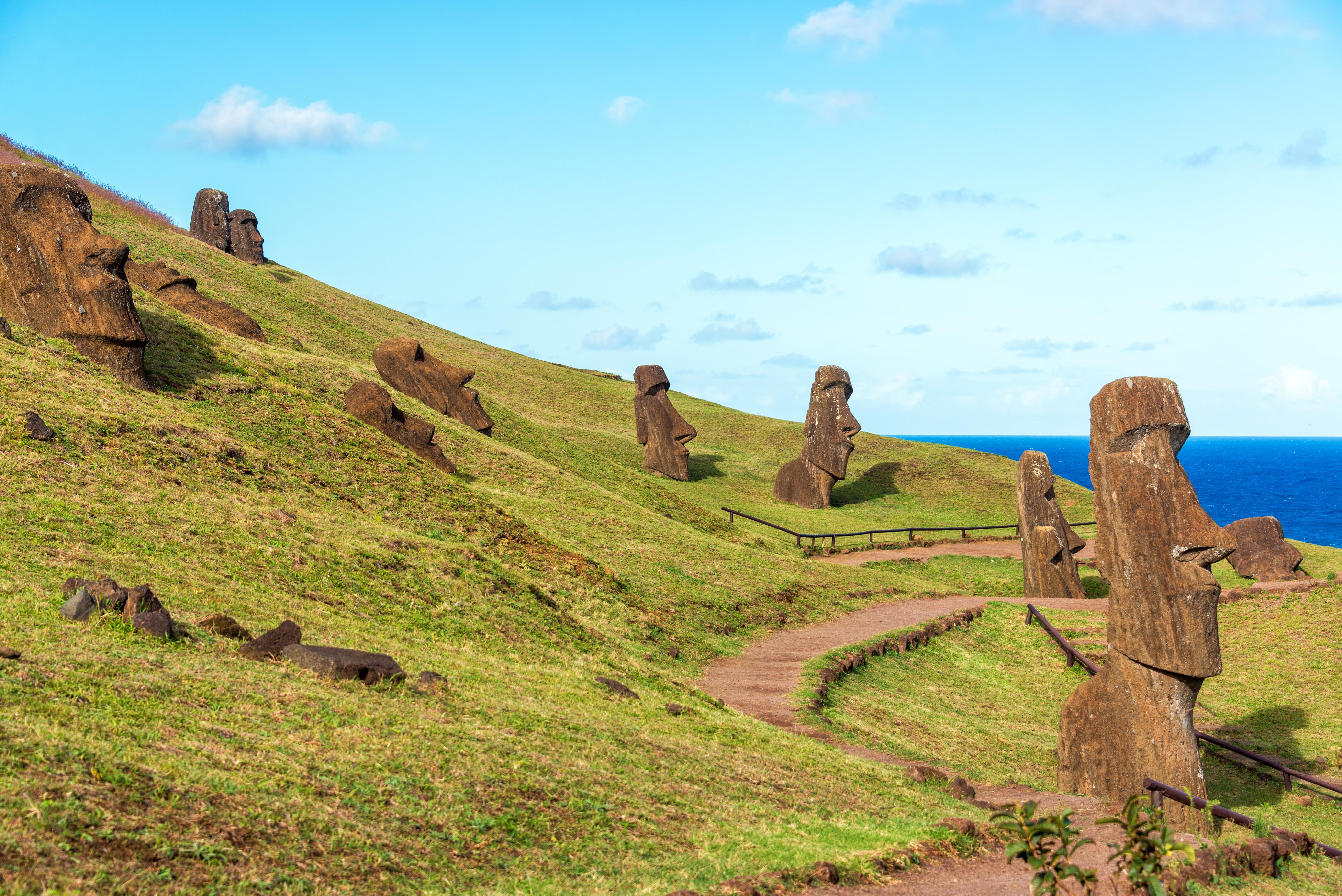
The remote and mysterious Easter Island is home to the iconic moai statues, colossal stone figures that stand sentinel over the island's rugged landscape. Carved by the Rapa Nui people, these statues are believed to represent ancestral spirits and were central to the island's religious rituals. The construction and transportation of the moai remain a subject of intrigue, reflecting the ingenuity and spiritual beliefs of the Rapa Nui. Today, the moai continue to captivate visitors, serving as a powerful reminder of the island's cultural heritage and the rituals that once animated its society.
10. The Temples of Kyoto, Japan: A Harmonious Blend
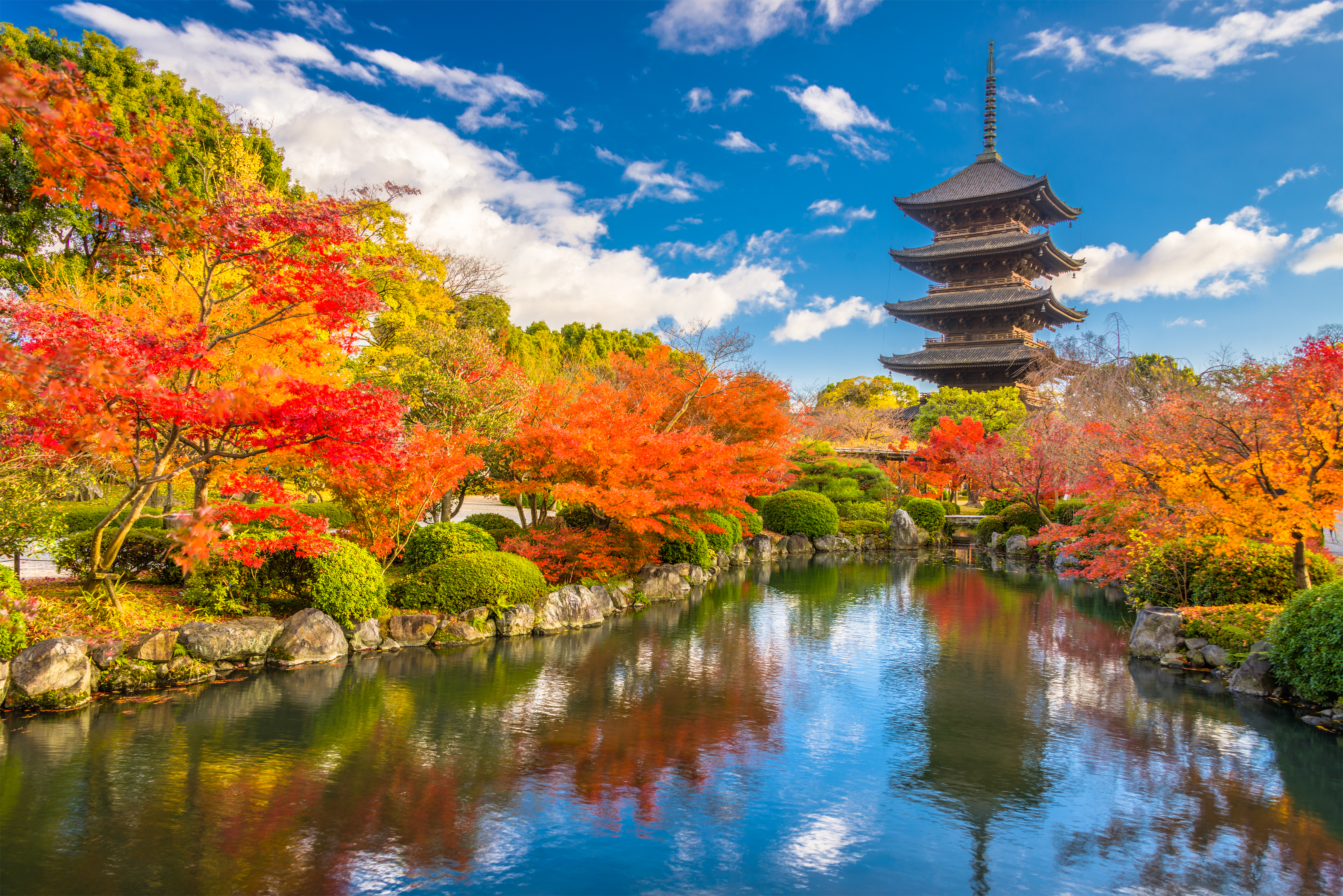
Kyoto, the cultural heart of Japan, is renowned for its serene temples and shrines that embody the country's spiritual traditions. From the iconic Kinkaku-ji, or Golden Pavilion, to the tranquil Ryoan-ji with its Zen rock garden, Kyoto's temples offer a glimpse into the rituals and philosophies that have shaped Japanese culture. Shinto and Buddhist practices coexist harmoniously here, with rituals and ceremonies that celebrate the changing seasons and the impermanence of life. Visitors to Kyoto can experience the peaceful ambiance of these sacred spaces, where ancient traditions continue to thrive amidst modernity.
11. The Rock-Hewn Churches of Lalibela, Ethiopia: A Sacred Journey
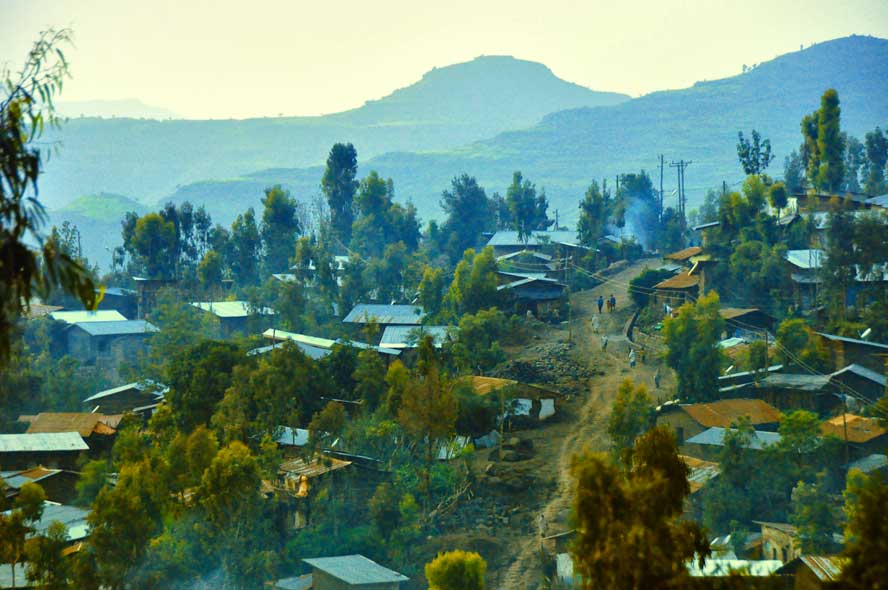
Lalibela, a small town in the Ethiopian highlands, is home to a remarkable collection of rock-hewn churches, carved into the earth itself. These monolithic structures were created in the 12th century as a "New Jerusalem" for Ethiopian Christians, offering a place of pilgrimage and spiritual refuge. The churches are still active centers of worship, where rituals and liturgies are performed with deep reverence. The architectural ingenuity and spiritual significance of Lalibela's churches make them a unique testament to Ethiopia's rich religious heritage, inviting pilgrims and visitors alike to embark on a sacred journey of discovery.
The Resonance of Rituals and Ruins
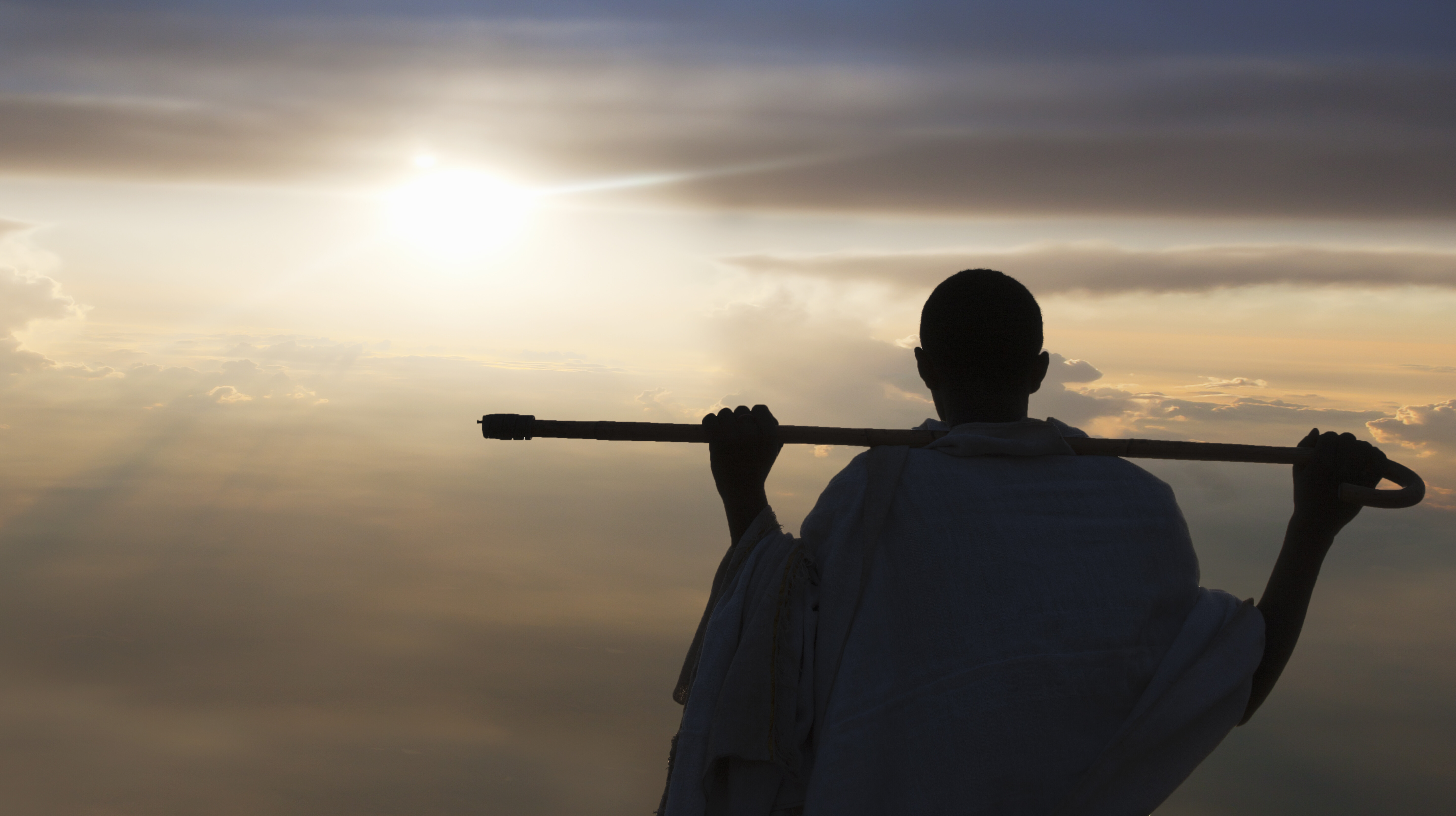
As we conclude our journey through these 12 cultural destinations, it becomes evident that rituals and ruins are not mere remnants of the past, but living connections to the human experience. Each site, with its unique blend of history, spirituality, and cultural significance, offers a window into the ways in which rituals have shaped societies and identities across time and space. These destinations remind us of the enduring power of human creativity, faith, and resilience, inviting us to reflect on our own place within the tapestry of history.



